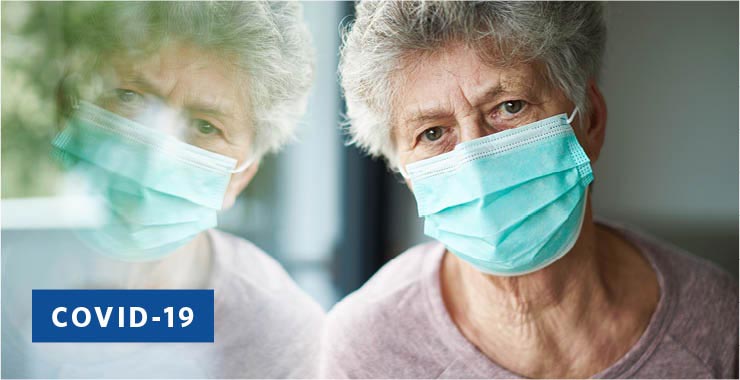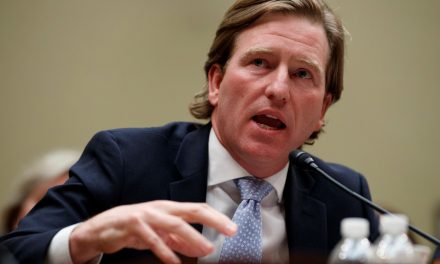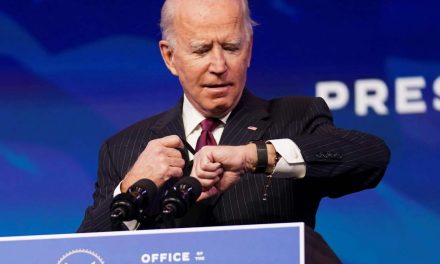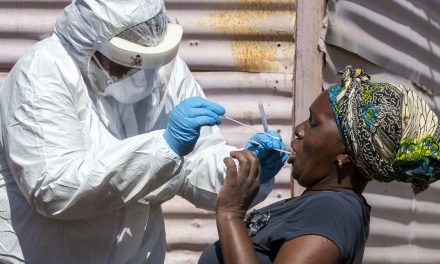COVID-19 has disproportionately affected older people’s lives and livelihoods.
Ageism has worsened those effects and prevents necessary solutions.
Here’s how we can overcome biases and help support the aging population.
The COVID-19 pandemic has disproportionately affected older people around the world, causing devastating blows to their physical health, their mental health and their livelihoods. The insidious effects of ageism are making these challenges even more difficult to overcome.
Stereotypes, prejudice and discrimination based on age enhance existing inequalities and prevent effective countermeasures. The assumption that all older people are frail or dependent is not only inaccurate but also harmful.
For the world to fully recover from the far-reaching effects of the pandemic, we must first address the biases that are underlining COVID-19’s damage to older adults. A new report from the World Economic Forum’s Global Future Council on Longevity, “COVID and Longer Lives: Combating ageism and creating solutions,” outlines the importance of ensuring that responses to the pandemic are informed, inclusive and targeted to protect the rights and dignity of older adults.
How COVID-19 affected older adults
Older adults, especially those with pre-existing co-morbidities, have been the most vulnerable to the health effects of the virus. Long-term care facilities, in particular, have seen heightened cases of mortality.
In many low- and middle-income countries, older adults face additional issues including access to care, weak health systems, poor infrastructure and the spectre of severe longer-term socio-economic effects of the crisis.
In addition, even before the pandemic, reports showed that many older adults were already more socially isolated and experienced more loneliness than the rest of the population. Coronavirus containment measures, including confinement measures, physical distancing and restrictions on movement and social gatherings, increased the risk for social isolation and loneliness.
Remaining at home makes it challenging to engage in healthy lifestyles such as physical activity and eating well. There’s also a mental toll: Social isolation has been linked to an increased risk for premature death, similar to cigarette smoking, physical inactivity or obesity.
What ageism gets wrong
Ageism tends to paint all older adults as the same. The reality is that older persons are diverse and have several different identities. They are more than their age.
Undervaluing the economic contributions of older adults and considering them a burden on economies is another form of ageism. In truth, many older people are essential to society and contribute to the economy in terms of both paid work and more importantly, less visible unpaid work such as caregiving and volunteer work.
The paid and unpaid contributions of older people equal or surpass the costs of caring for older adults. For example, older people are responsible for more than half of consumer dollars spent in the US, and people over the age of 50 years contribute more than $745 billion to the US economy in the form of volunteering, caregiving and childcare.
More difficult to measure but just as important, older persons who provide care for their grandchildren often contribute to the knowledge, skills and socialization of these children and allow their parents to work and contribute to the economy.
How we can help older adults thrive
Older adults want to maintain their independence, have easy access to transportation, integrated age-related services, recreation and connection to nature. The right care at the right time in the right place is therefore crucial.
Virtual solutions can help older adults get the help they need, in terms of health care, social connections and access to services. But first, we must overcome the “digital divide.” Older adults disproportionately have difficulty accessing technology and their digital literacy tends to be low. We must address the accessibility gap to deliver the support required for older adults to continue to thrive in their homes and communities.
In addition, we must remember how much older adults still have to contribute to society, instead of only seeing the dynamics of support and dependency. The best solutions encourage social participation and connectedness and foster a sense of belonging.
Social connections between generations are vital. There is so much we can learn from each other, if only we reach out and make an effort.
We should also explore creating an instrument to address structural barriers older adults face and protect the rights. For example, could we create a UN Convention on the Rights of Older People? There’s more work to be done, but ridding our biases and acknowledging the importance of older adults in our economies and societies is an important start.
WEF





